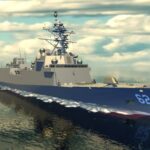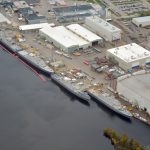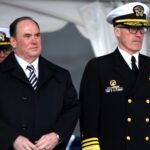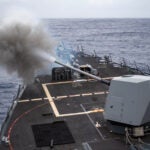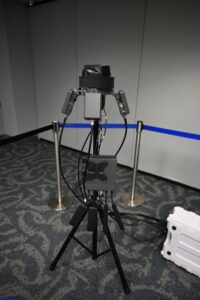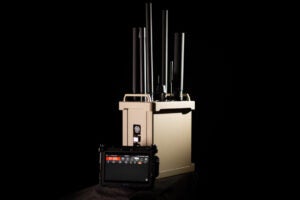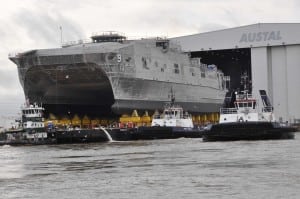
A new Department of Defense Office of the Inspector General (OIG) report finds the Navy’s Strategic Theater Sealift program office did not reach required performance capabilities for the Expeditionary Fast Transport (EPF).The OIG report said the program office obligated $2 billion for the EPF program but the vessels had deficiencies on two main performance parameters: Transport Capability and Net Ready. The OIG found this happened because the program office did not demonstrate they corrected deficiencies first identified during low-rate initial…

 By
By 